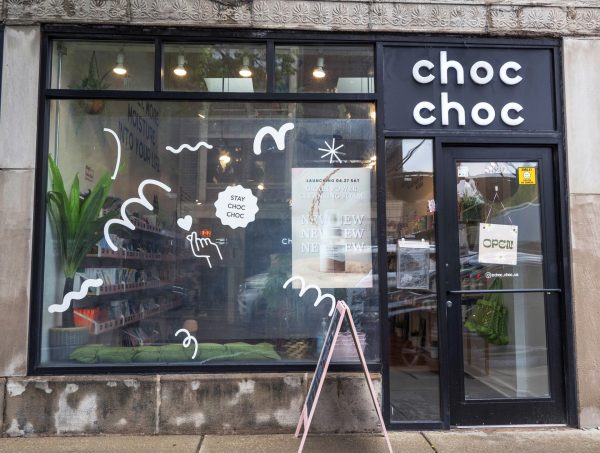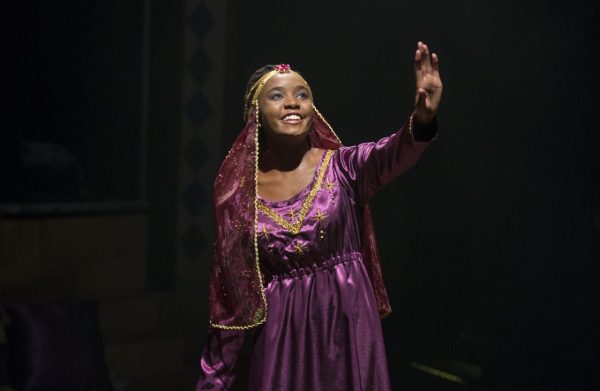Journalists share how to report on communities of color that are not their own
TRiiBE Multimedia reporter Tonia Hill interviews an incarcerated person at Stateville Correctional Center on Oct. 5, 2021.
Multimedia reporter Tonia Hill joined the TRiiBE, a digital news publication, because of its mission to reshape the Black communities’ narrative in Chicago.
Hill said the publication offers “a different perspective of one that people might not have necessarily considered.”
The TRiiBE’s community-based efforts to uplift Black voices is what led her to apply for the multimedia editor position.
Throughout her time at the TRiiBE, she has had to report on the experiences of other communities of color unlike her own, raising personal concerns about her ability to accurately tell their stories.
Hill wrote a story in February about Black and Brown individuals’ opinions on former mayoral candidate and current U.S. Congressman Jesús ‘Chuy’ García’s ability to build a coalition across communities.
“I was very nervous to do it,” Hill said.
Hill said she knew García has been a significant political figure for 40 years and was “a big deal for the Latino community in Chicago.”
This challenged her to learn how to be culturally competent when reporting on various communities of color that she is not a part of, she said.
Early in her reporting, Hill said she relied heavily on other Latine journalists to fill any gaps she may miss as a Black journalist.
“As journalists, [we need to] be more in community with each other so that we’re telling stories accurately,” Hill said. “We’re really just stronger when we work together versus separately.”
Another publication that centers community voices is MLK50: Justice Through Journalism – a local nonprofit newsroom based in Memphis, Tennessee.
Andrea Morales, the visuals director for MLK50 and photojournalist, said she has learned there are times a story needs to be passed down to another journalist who can ensure it gets the justice it deserves.
“If you’re working as a journalist, you just have to acknowledge that you’re always going to come in seeking who the expert is,” Morales said. “You’re not the expert.”
Although Morales said she is equipped to cover various groups of people, she often refers photojournalists to sites such as Diversify Photo, Women Photograph and Authority Collective. These websites work to help connect non-binary, transgender and Black and Latine photographers who have a common mission to diversify the industry.
Finding a balance between reporting on communities that are not your own
and “knowing when to pass the torch to other journalists to tell the stories of their own community” is something with which many journalists still grapple with, Morales said.
Executive director for MLK50, Adrienne Johnson Martin, said that the first thing to remember when covering communities you are not a part of is “to go to the community and listen.”
Beyond listening to communities, Martin said journalists need to understand that “humanity is what you have in common.” Martin believes that when people stop trying to find differences in each other, their reporting gets stronger.
“Most of us want the same things,” Martin said. “We want to be heard, to be validated, to be loved, to have a nice home, to be safe.”
Martin said mainstream or “legacy newspapers” tend to control the narrative.
However, for community-based newspapers like MLK50 and the TRiiBE, Martin said that journalists’ goal is to strive to center marginalized communities.
“It’s a partnership,” Martin said. “You need them as much as they might need you. So how can we come in together and create the story?”












